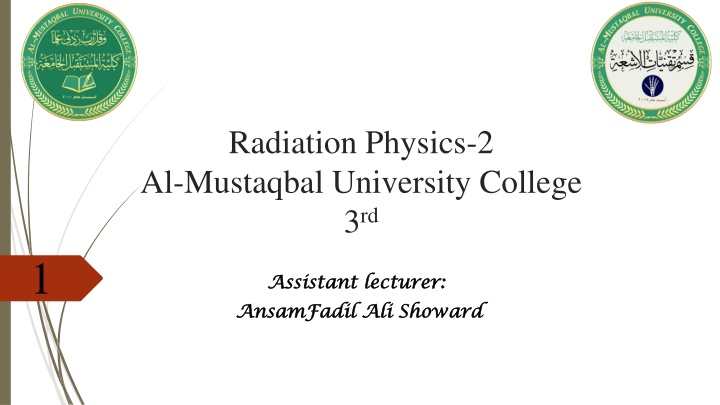
Ultrasound Waves and Their Application in Medicine
Explore the characteristics of ultrasound waves, their behavior in different mediums, and the use of ultrasound in clinical medicine. Learn about frequency, amplitude, and velocity of ultrasound waves, as well as the specific extent of frequencies audible to the human ear. Discover how ultrasound serves as a diagnostic tool in medical practice.
Download Presentation

Please find below an Image/Link to download the presentation.
The content on the website is provided AS IS for your information and personal use only. It may not be sold, licensed, or shared on other websites without obtaining consent from the author. If you encounter any issues during the download, it is possible that the publisher has removed the file from their server.
You are allowed to download the files provided on this website for personal or commercial use, subject to the condition that they are used lawfully. All files are the property of their respective owners.
The content on the website is provided AS IS for your information and personal use only. It may not be sold, licensed, or shared on other websites without obtaining consent from the author.
E N D














